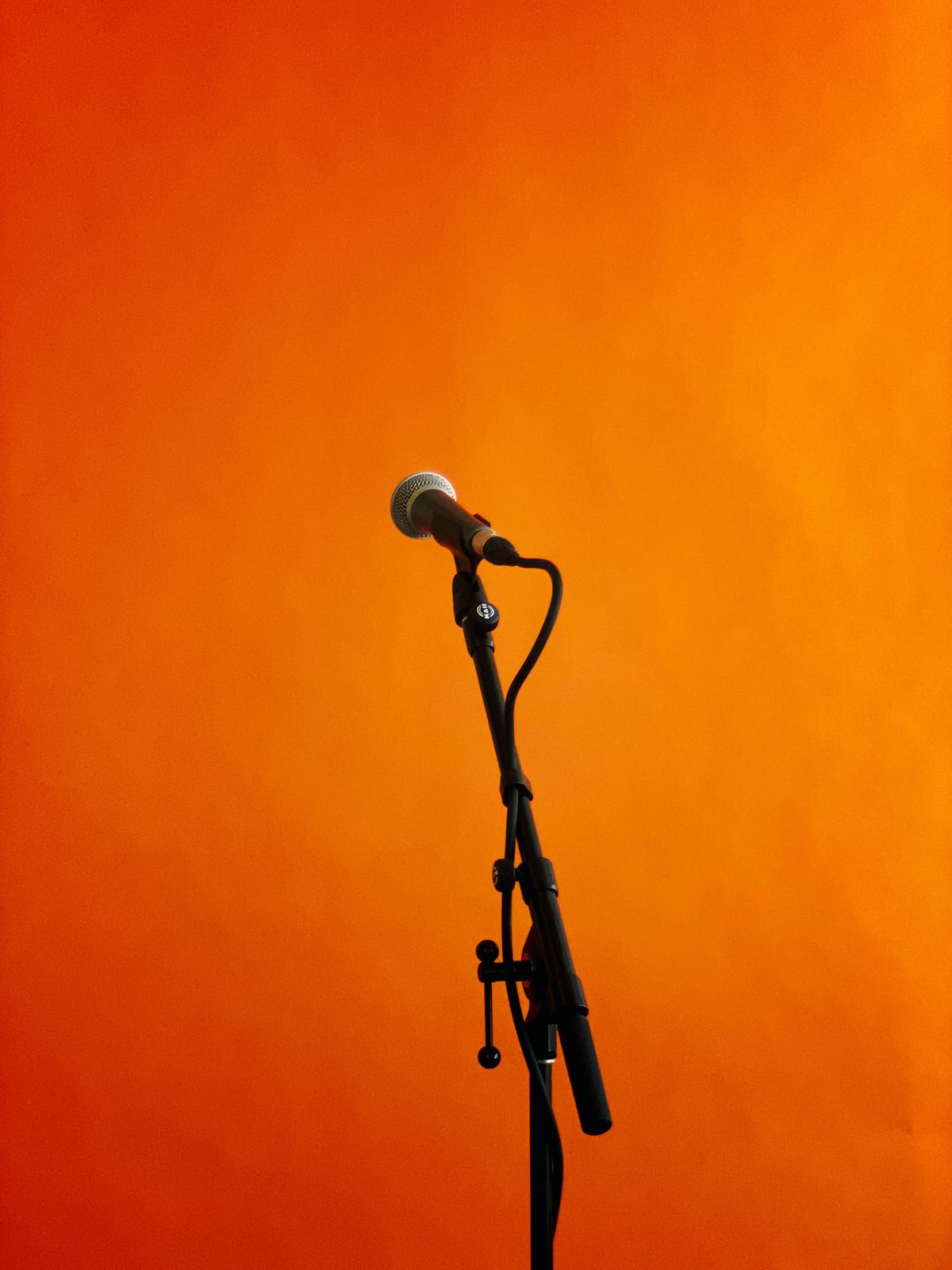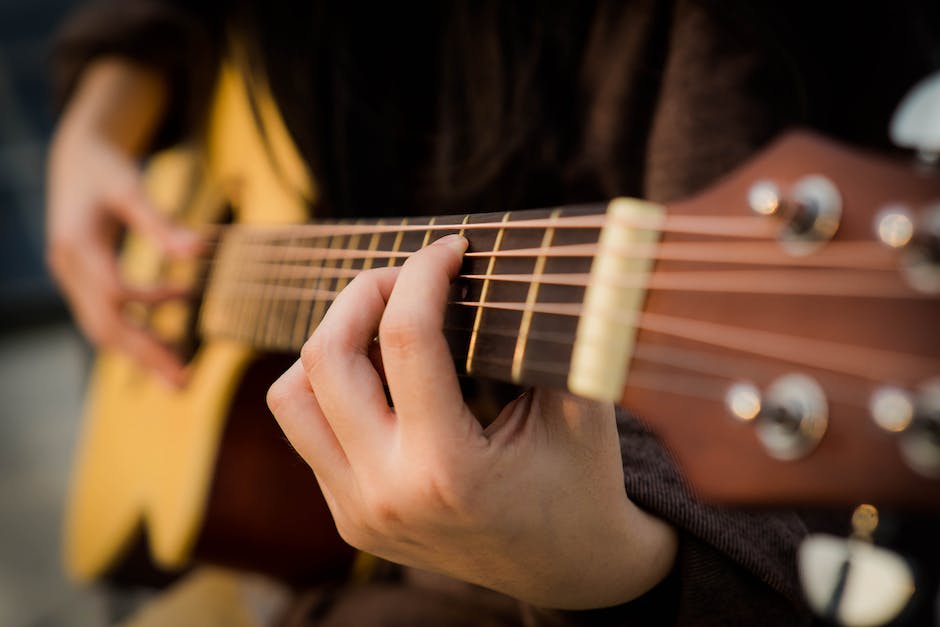In the thrilling world of music production, the marriage between instrument and microphone is absolutely vital; it’s a symbiosis that goes beyond picking any mic and plugging it in. This journey helps us explore the exciting, often underrated art of selecting the right microphones for the right instruments. Delving into the unique characteristics of various microphone types – from dynamic to condenser, ribbon to lavalier – we aim to equip you with comprehensive knowledge, providing a foundation to make well-informed decisions in mic selection. Further, we investigate the magic of compatibility between the microphone and the instrument – every instrument, be it the bass guitar’s low tunes or the violin’s high notes, has its unique companion mic. Towards the end, we also shed some light on the critical aspect of positioning your microphone to achieve optimal sound capture, offering valuable tips and tricks to ensure you get the best sound quality.
Understanding Microphone Types and Their Unique Traits
In the vast world of music, the unsung heroes, the microphones, serve as the pivotal bridge between a tune’s conception and its reception. It’s a symphony of vibrations metamorphosing into the sweet symphony of sounds that pirouette into our eardrums. Microphones, or mics—each type distinct by design and function—play an instrumental role in crafting the auditory banquet we relish. Let’s explore the brilliant diversity and characteristics of these unsung heroes of the musical arena.
To begin our auditory journey, let’s step inside the recording studio. The staple microphone for studio recording is the condenser microphone. Oozing with sensitivity and accuracy, these mics are revered for their ability to capture the minutiae of sound, making them ideal for capturing vocals and acoustic instruments. They run on electricity and consist of two metal plates—an arrangement that allows the capturing of rapid sound waves with precision. The result? Crisp, clear, and resonance-rich sounds that mirror the essence of the original performance.
On the other side of the studio spectrum, we find the dynamic microphones. With their ruggedness and versatility, these mics are like the blues singers of the microphone realm—hardy souls not easily perturbed. The dynamic mic uses a coil-moving magnet system allowing for the capture of more robust, louder sounds, making them perfect companions for kick drums or electric guitars. Forgiving to a fault, these mics can take a beating, from the raucous intensity of a rock concert to the considered strokes of a jazz brushing.
Next, we sway into the world of ribbon microphones. These are the featherlike poets of sound capturing, imbuing every note with a vintage velveteen touch. The unique design, involving a thin aluminum ribbon suspended in a magnetic field, allows these mics to deliver warm and smooth sound signatures. While delicate instruments, ribbon mics are ideal for studios and controlled environments, breathing life to string instruments, brass, and even vocals.
For an immersive experience, the binaural microphones serve as our pick. Akin to putting on a virtual reality headset, these mics are designed to create a 3D stereo sound sensation for the listener, closely mimicking the spatial perception of human ears. They’re perfect for recording live sessions or orchestral works, effectively trapping the ambiance and locale’s mood.
If your playground is the stage, the microphone to embrace is the lavalier or ‘lav mic.’ These are tiny, clip-on heroes unassumingly hanging on an artist’s attire or even skin, capturing a hands-free recording or amplification. They’re mostly used in theater performances, television broadcasts, or public speaking events, where mobility is paramount.
Finally, there’s the shotgun microphone, designed with a long, narrow pickup pattern for precision capturing. They have the unique ability to isolate sound from a distance and are generally used in film and television production, perfect for capturing dialogue amid ambient noise.
The world of microphones is vast and varied, much like the genres of music they collectively bring to life. Each microphone has a distinctive character, purpose, and strength, harmonizing with a specific type of sound to create the melody that we enjoy. The beauty of music, in all its diversity and depth, is echoed by the unwavering versatility of these microphones, as they stand, the unassuming conductors of the symphony of sounds. From the soft, intimate breath of a vocalist to the full-bodied roar of an orchestra, the magic lies within these microphones’ ability to capture, translate, and convey the heart and soul of musical expression. From inception to reception, it’s a melody worth marveling.

Matching Microphones To Different Instruments
Bridging the gap between the world of sound and the world of silence, microphones are the invisible heroes of the music world. They capture the soulful resonance of a piano, the pulse-racing strum of a guitar, and the ethereal harmony of a violin. But picking the right microphone to match varying instruments is a true artistry. The essence of sound lies not just in the instrument itself, but also in the careful selection of the right microphone.
To capture the highs and lows of a bass and kick drum with all their depth and punch, large diaphragm dynamic microphones are often paired with them. These drums’ visceral punch and thunderous lows are well handled by these microphones, as they can endure high sound pressure levels, making them a perfect match for these strident instruments.
The intangible beauty of the piano, with its intricate harmony and broad frequency, requires a duo of condenser microphones. For an earthy and full-bodied sound, place the pair of condenser mics over the soundboard to create a sonic landscape that captures the delicate and natural tone of this majestic instrument—a symphony for the senses.
The red-hot energy of electric guitars requires a microphone that can handle the blare they bring. Cue in dynamic microphones. Intimate and passionate, they can take in the wrath of loud volumes and close proximity, capturing the raw energy while delivering a sound full of character.
Capturing the enchanting sounds of a violin, a ribbon microphone is the go-to choice. The achingly beautiful and intense sound of a violin is expertly captured by ribbon microphones. It decides not to be deaf to the high-frequency harmonics but instead, embraces them, shaping them into a warm, organic sound that retains the original timber of the instrument in all its glory.
In the forte of live performances and stage presentations, lavalier microphones, also known as lapel mics, are used. Hidden in plain sight and clipped to clothing, these mics make freedom of movement possible while securely capturing the naturally projected sound.
For the delicate whisper of the flute and piccolo, a small diaphragm condenser microphone is the perfect companion. With its ability to capture a wide frequency range, the ethereal sound of these wind instruments is exquisitely transmitted, enabling the listener to experience the music in all its tranquility and serenity.
From the universal studios of musical composition to the vibrant stages of live performances, matching the right instrument with the correct microphone can truly elevate the sensory experience. The sounds captured by aptly chosen microphones can thoroughly immerse the listener and bring the instruments to life. In conclusion, it’s not only about capturing the sound—it’s about translating the emotions, dynamics, and essence of music to the listener’s ear. It’s a complex journey of sound, from the sweeping brush of a cymbal to the hasty pluck of a guitar string, every beat, every note, lives on to tell a story. Music transcends language—it speaks to us. Microphones are the conduits that make this communication possible, providing the unmatched experience we know as music.

Tips for Microphone Positioning for Optimal Sound Capture
Soaring the heights of sonic landscapes and delving into the trenches of rhythm and melody are impossible feats without the intricate subtleties unveiled by proper microphone positioning. Each musical note -a serenade whispered by a guitar or the booming announcement of a drum- thrives or perishes on the delicate interplay between the musician’s vision, the instrument’s vivacity, and the microphone’s meticulous positioning. Thus, understanding microphone positioning becomes an exquisite art form, comparable to adorning a canvas with awe-inspiring complexity.
The evolution from a novice microphone operator to an expert in sound capture begins with comprehending a simple truth: distance matters. The proximity between the sound source and the microphone profoundly impacts the audio’s quality. Imagine this; positioning a microphone closer to the instrument will yield a louder sound with richer low frequencies, an effect often described as ‘proximity effect.’ However, it could also risk a distorted audio if the sound is too loud. Alternatively, placing it a little farther will capture a more ‘natural’ and balanced sound, absorbing the environment’s light reverberation influencing the audio’s ambiance.
Applying this concept can vary based on the types of instruments involved. For example, when capturing the symphony that resonates from a guitar, consider placing a condenser microphone at the 12th fret, about 6-12 inches away. Experimenting with the angle and distance can provide an array of tones, intensifying the creative palette from which musicians can choose.
On the other hand, treating drum kits requires a multifaceted approach. Use a large-diaphragm dynamic microphone for the kick and bass, positioned at the sound hole for clarity and punch. High-frequency instruments like cymbals or hi-hat can be adeptly captured using small diaphragm condenser microphones, positioning them an optimal distance above the drum kit to avoid distortion.
Moving on, the microphone’s directional property plays a decisive role in capturing precise sounds and reducing unwanted noise. Cardioid microphones, which are highly sensitive to sounds coming from the front and less responsive to sounds from the sides or back, are often the choice for studio vocals and isolating signals in noisy environments. However, it’s crucial to understand that the pursuit of clear, isolated audio should not undermine the pursuit of authentic sound, colored with the hues of live interactions and wholesome participative experiences.
For groups and choir performances, omnidirectional microphones can capture sounds from all directions creating a more unified audit. To make full use of this, place the microphone in the center of the group but at a distance to avoid focusing on individual sounds.
In conclusion, the interplay between sound and silence, rhythm, and resonance brings life to music, and finding the right microphone position can feel like the quest for a secret musical elixir. However, remember, every rule in microphone positioning could be broken, yielding unexpectedly beautiful results, exemplifying music’s unending, magical appeal. In the grand symphony of life, mastering the art of microphone positioning amplifies the melody that each instrument, each artist, and each soul wishes to sing.

Exploring the world of microphones can be a complex yet rewarding journey. The knowledge of the distinct traits of different microphone types empowers you to make informed decisions when matching them with the right instrument, be it for a live performance or a studio session. The position of the microphone also influences the sound greatly, and understanding how small adjustments can hugely impact sound quality can be key to a successful recording. Hope that this journey through the fascinating universe of mics and instruments proves insightful, stressing the fundamental point that a perfect match goes beyond the plug-and-play approach. Remember, it’s not just about the instrument or the microphone alone; it’s the chemistry between them that truly produces enchanting melodies.

Comments.
Currently there are no comments related to this article. You have a special honor to be the first commenter. Thanks!